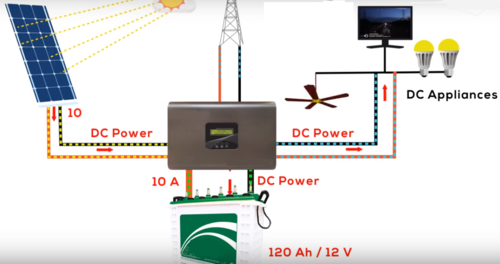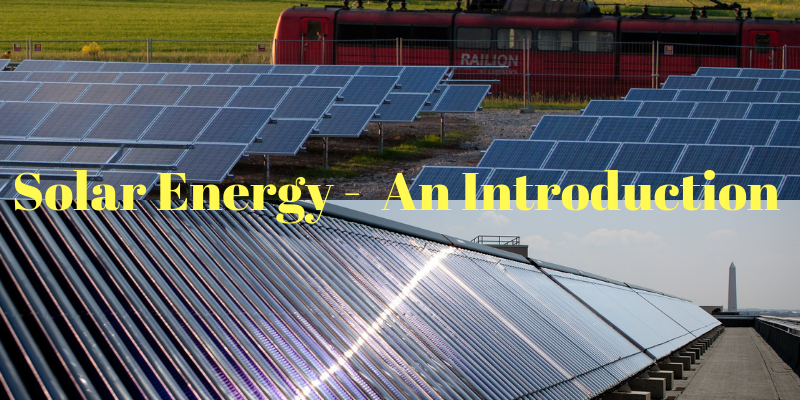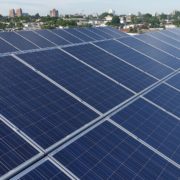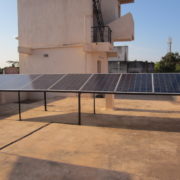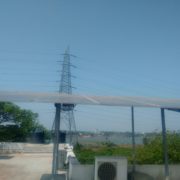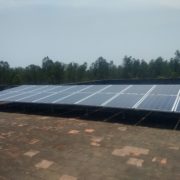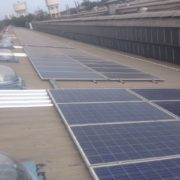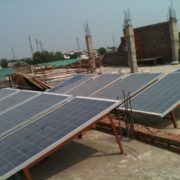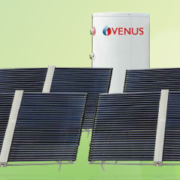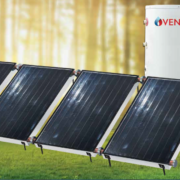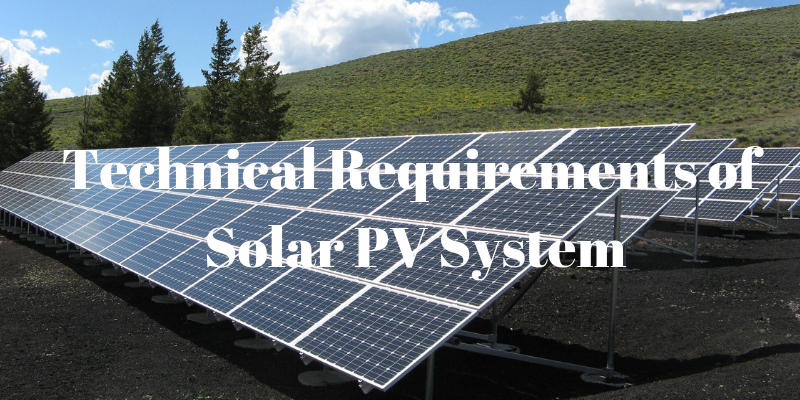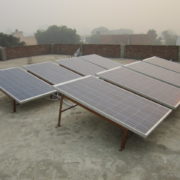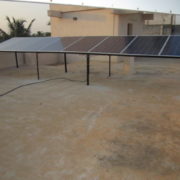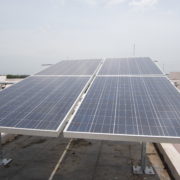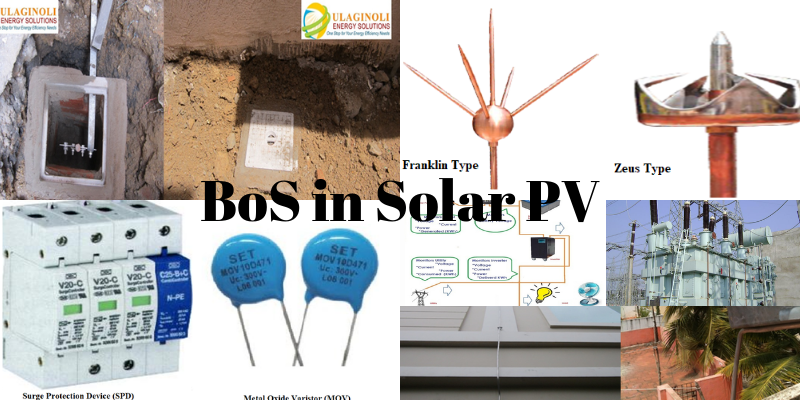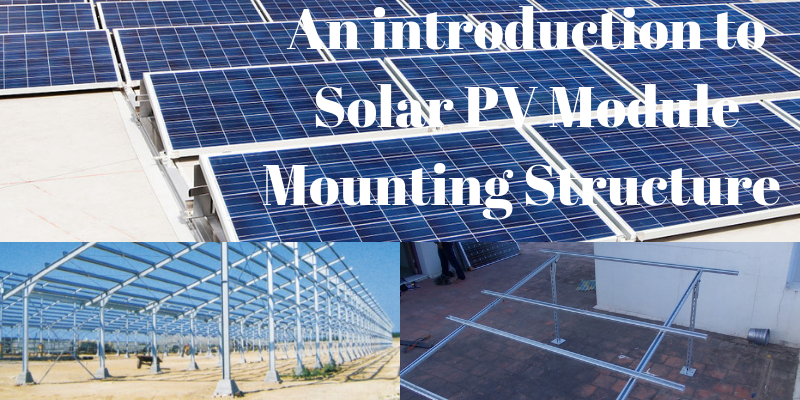Solar Energy – An Introduction
Solar Energy have become one of the most sought renewable resources of energy. It has become widely used both in small level and in large scale utility level. In this article, the basics of solar energy is briefly discussed.
The need for solar energy is fast raising as the current level of fossil fuel is depleting and the existing sources are mostly harmful for the environment. Due to the over usage of non-renewable sources, there are power outages, while the power costs are increasing.
Solar Energy is harnessing the light and heat from the sun. There are two techniques in the solar energy viz., Passive solar technique and Active solar technique.
Passive Solar technique: The passive solar technique is based on building orientation and constructing the building in a way such that the sun light and heat are used naturally inside the building in an efficient way.
Active Solar Technique: The active solar technique include harnessing solar energy via solar thermal and solar photo voltaic technologies.
(For the best view in mobile, rotate the device horizontally)
Solar Energy can be harnessed in two ways solar thermal and solar photo voltaic.
Solar Thermal
Solar Thermal is used to generate electricity and to magnify the heat from the sun for various applications. The electricity generation is achieved by concentrating solar power at one focal point. These are achieved by parabolic trough, Stirling dish and Fresnel reflectors. The heat magnification is used by solar water heaters, solar cookers, solar driers, solar stills, etc.
Parabolic Trough
Parabolic Trough has curved polished metal reflectors placed facing the sun. The item to be heated is placed at the focal point of the curvature. The sunrays after reflecting from the parabolas concentrates on the focal point, thereby heating the required substance.

Stirling Dish
Stirling dish has reflective dish which focuses all the sun rays falling on it to the focal point. The focal point uses the sun heat as the fuel for the Stirling cycle engine that is present there. It operates by the flow of heat from the hot source to the cold sink to do work.

Fresnel Reflectors
Several layers of thin mirrors are arranged in several rows, concentrating the sun rays at one focal point which contains a thermal fluid which is usually an oil. The liquid is capable of maintaining the liquid state even in high temperature. The fluid moves into a heat exchanger to power a steam generator.

Solar Water Heaters
Solar water heaters are the most popular and widely used solar device. The major components include solar collector and a tank. This woks on the principle of thermosyphon. The cold water stays at the bottom of the tank which is connected to solar collector. The solar collector heats up the water by magnifying the heat. The water which is heated up moves back to the tank and stays at the top due to lower relative density than that of the cold water. There are two types of collector viz., Evacuated tube collector and flat plate collector.


(For the best view in mobile, rotate the device horizontally)
Solar Stills
Solar Stills are used to produce clean water from unclean or saline water. The water that has to be purified is placed inside a container with a glass covering. The water evaporates and then condenses at the top which is closed by the glass cover. The water then slowly drips into a container that collects purified water.

(For the best view in mobile, rotate the device horizontally)
Solar Photo Voltaic
Solar photo voltaic is harnessing sun’s light and generating energy. This woks on the solaar photo voltaic principle.
Photo voltaic principle
Photo voltaic effect is the formation of voltage and electric current in a material, when exposed to light. It included both chemical and physical phenomenon. The material is usually a photo voltaic cell. The emitted electrons enters a new material.
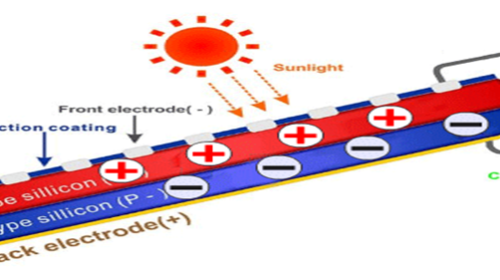
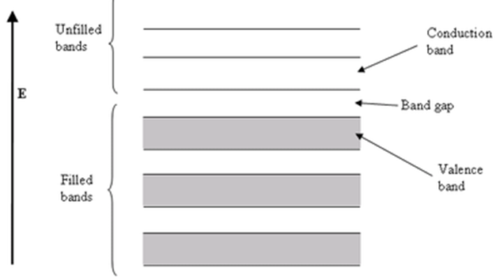
Photo electric Effect
Photo Electric effect is the emission of electrons in a material when exposed to light. The emitted electrons are called photo electrons. The electrons are emitted into space.
The solar photo voltaic applications include off grid solar power packs, on grid solar power plants, utility scale solar power plants, solar street lights, solar blinkers, solar traffic lights, and solar water pumps.
Off Gird Solar Power Plants: These power plants are independent of the grid. The key components include Solar Panel, Power Conditioning Unit, Battery, Module mounting structure, Array Junction Box and Cables. The generated solar power is stored in the battery and is used when there is a need. The power from Grid is used as a back up to charge the batteries. Here there is a limit to the total load that can be connected to the system as the total load that can be connected depends on the inverter capacity. This is very useful in areas where there is huge power outages.
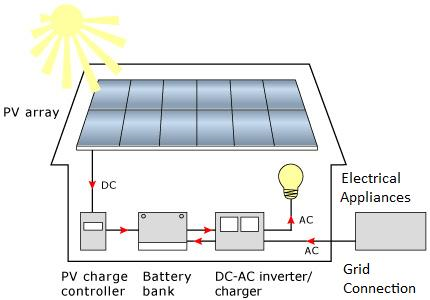
(For the best view in mobile, rotate the device horizontally)
On Grid Solar Power Plants: On Grid Solar Power plants work in conjunction with the grid. The key components include Solar Panel, Invetrer, ACDB, DCDB, Module mounting structure and Cables. Here the power produced by the solar plant is directly utilised and if there is any excess, it is exported tp the grid. When the power required is more than that of the power generated, it is obtained from the grid.
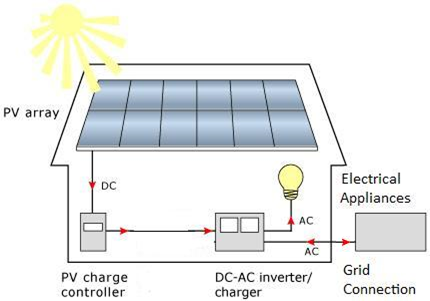
Utility Scale Solar Power Plants
Utility scale power plants generate power in large scale to be fed in to the grid. It has several components like solar panels, mounting structure, on grid inverter, transformer, electrical panel board, control room, etc. The power generated from solar power plant is fed in to the transmission line and is transmitted to the consumer.

(For the best view in mobile, rotate the device horizontally)
Solar street lights
Solar Street lights are being widely used to light up street, lawns, parks, etc. These solar street lights consume no power from the grid and work solely on the solar power. They also eliminate the need for underground cabling and multiple switching points. The solar energy is absorbed in the daytime and is stored in the battery to power the light in the night. The light is set to be switched on once the input voltage from the solar energy falls below a threshold limit. The light is set to be switched off automatically, once the input voltage from the solar energy raises above a threshold limit. This makes the light to glow once it becomes dark and light to switch off in the dawn. Solar Street Lights are of two types viz., Traditional Solar Street Lights and All in One Solar Street Lights. In Traditional Solar Street Lights the components of the solar street light are distinct and are placed at different positions while in all in one solar street lights, all the components of the solar street light is inbuilt in a single body.
Solar Traffic Blinkers and Traffic Signals
Solar Traffic Blinkers work very similar to the street lights. The only difference is instead of the street light luminary, a blinker is used. The blinker color can be any amber, red or green. The traffic signals also work in a similar fashion. The switching controls are either manual or automated. The automated controls can also be over ridden manually.
Solar Water Pumps
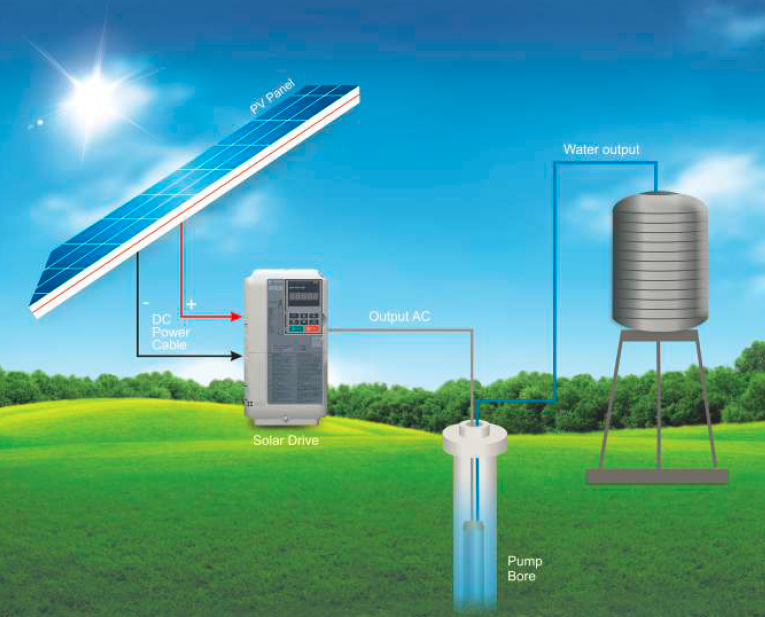
Solar pumps are widely used in agriculture. The solar pumps get their power from the solar panels and can be utilised directly to run the pump. Alternatively, these pump have an option to run from the grid power. The components include solar panels. VFD drive which has an inverter inbuilt to convert the DC to AC. The grid can be used to power the pump when there is no solar power. There are also DC pumps where VFDs are not required.
Solar Micro Grid
Solar micro grids are small solar power plants which distributes solar power to rural households. The power can be purchased on a prepaid basis. In some cases, the individual households have smart meters.
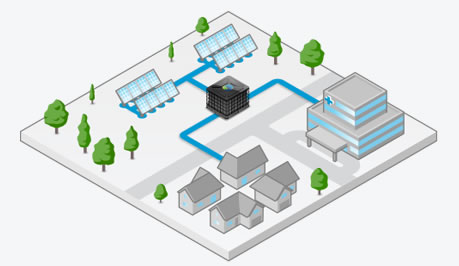
Solar DC System
Solar DC systems comes with DC electronic appliances such as DC TV, DC Lights, DC fans which can be powered directly from the solar power. The use of inverter which converts DC to AC is avoided here.
